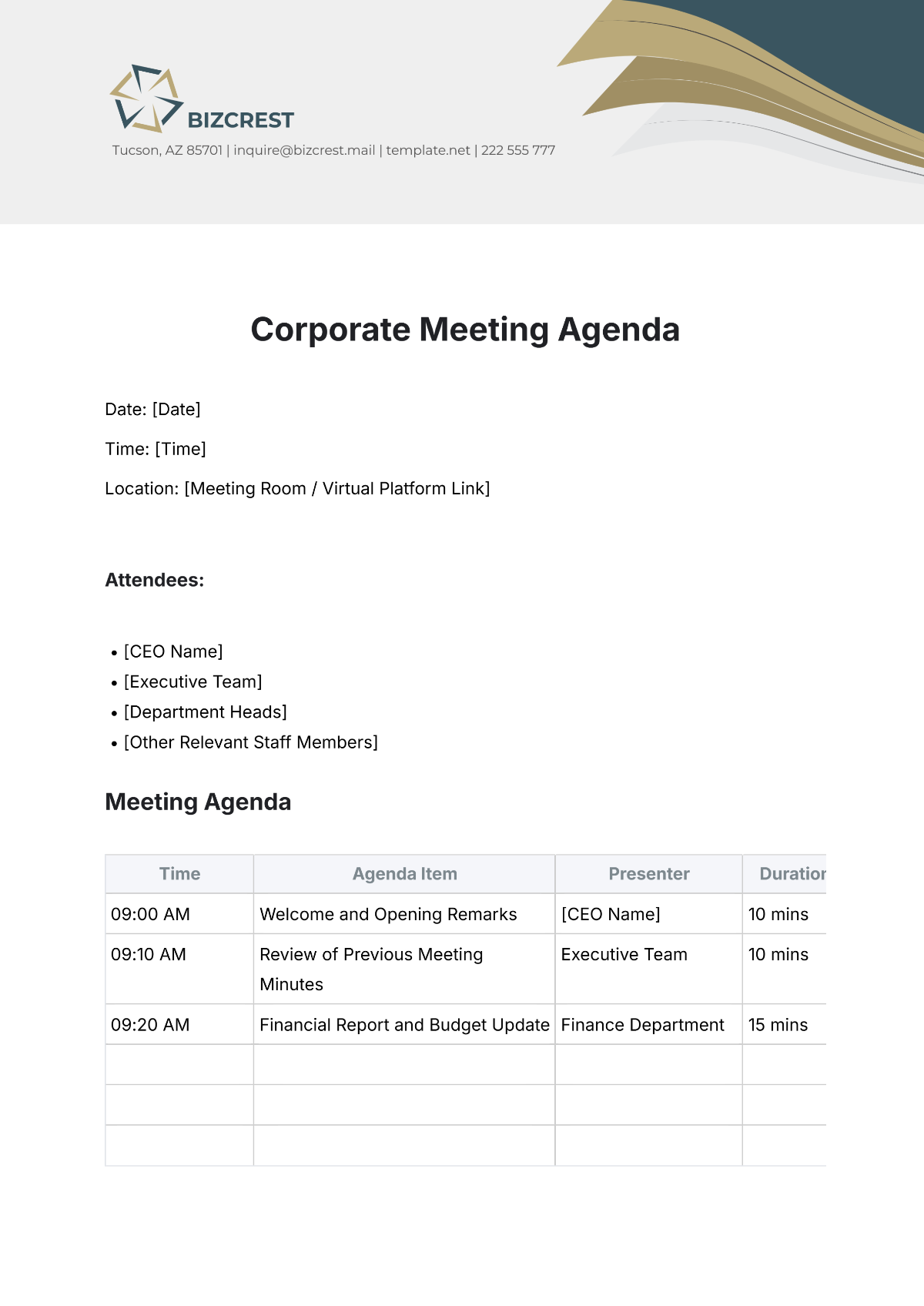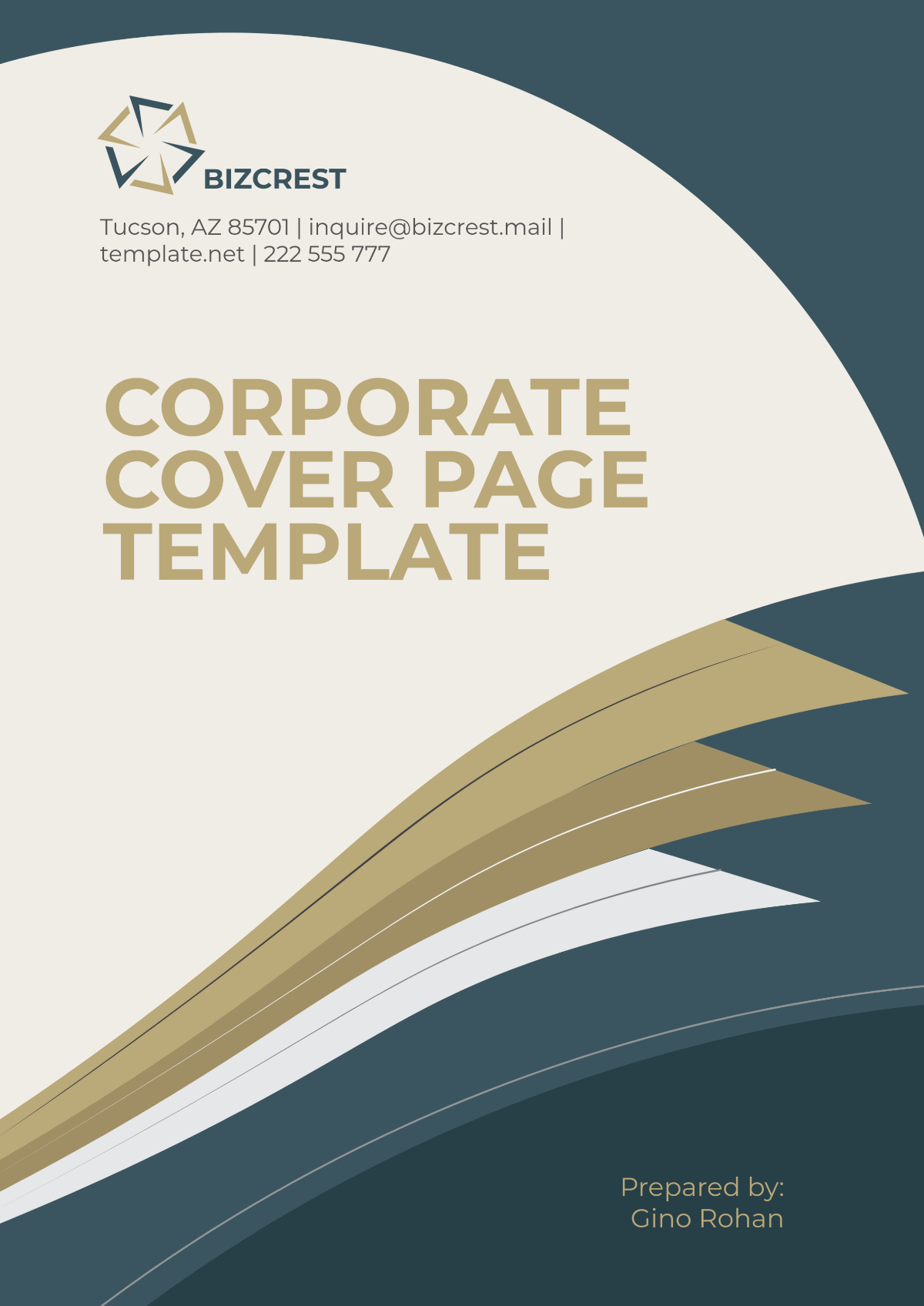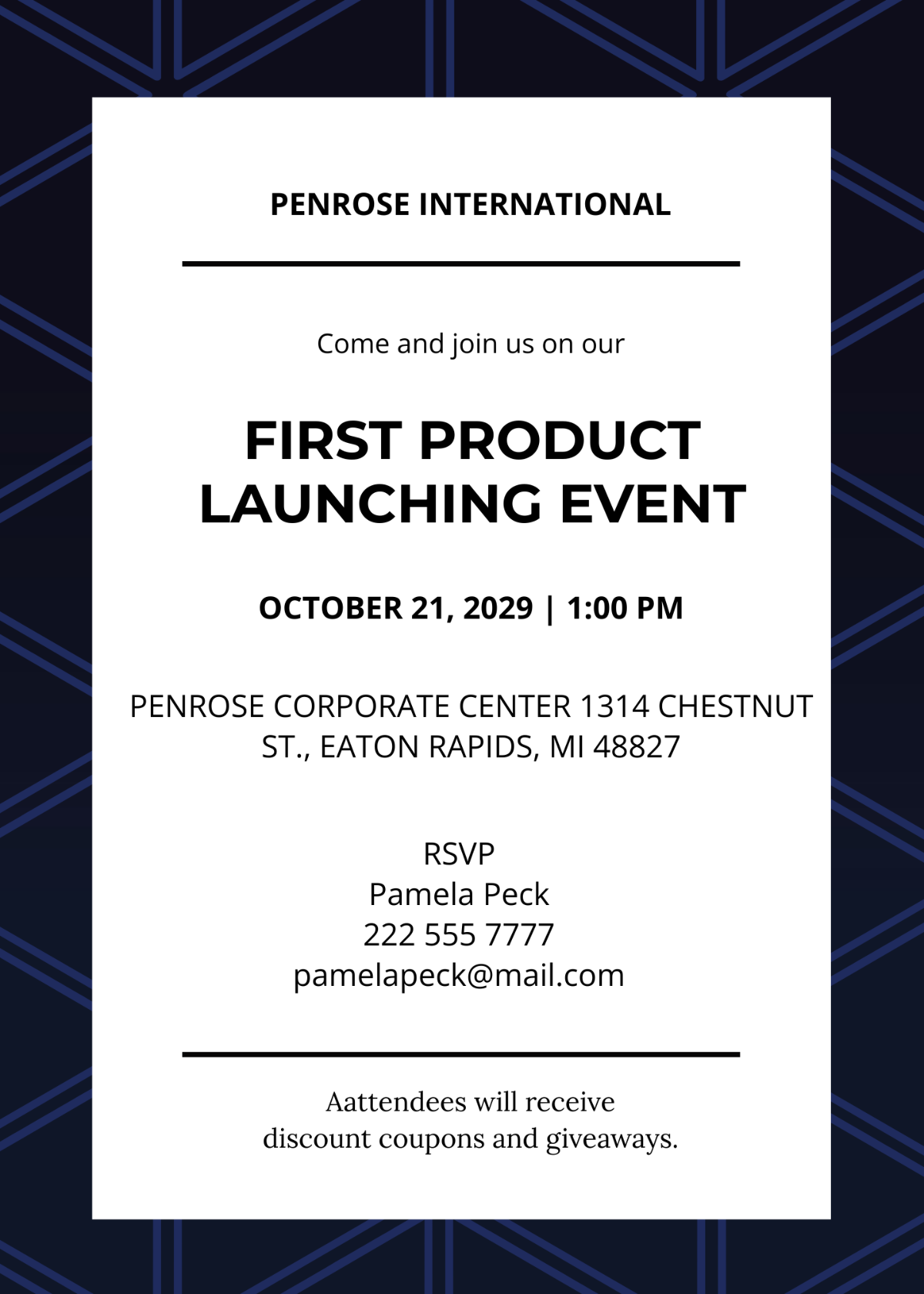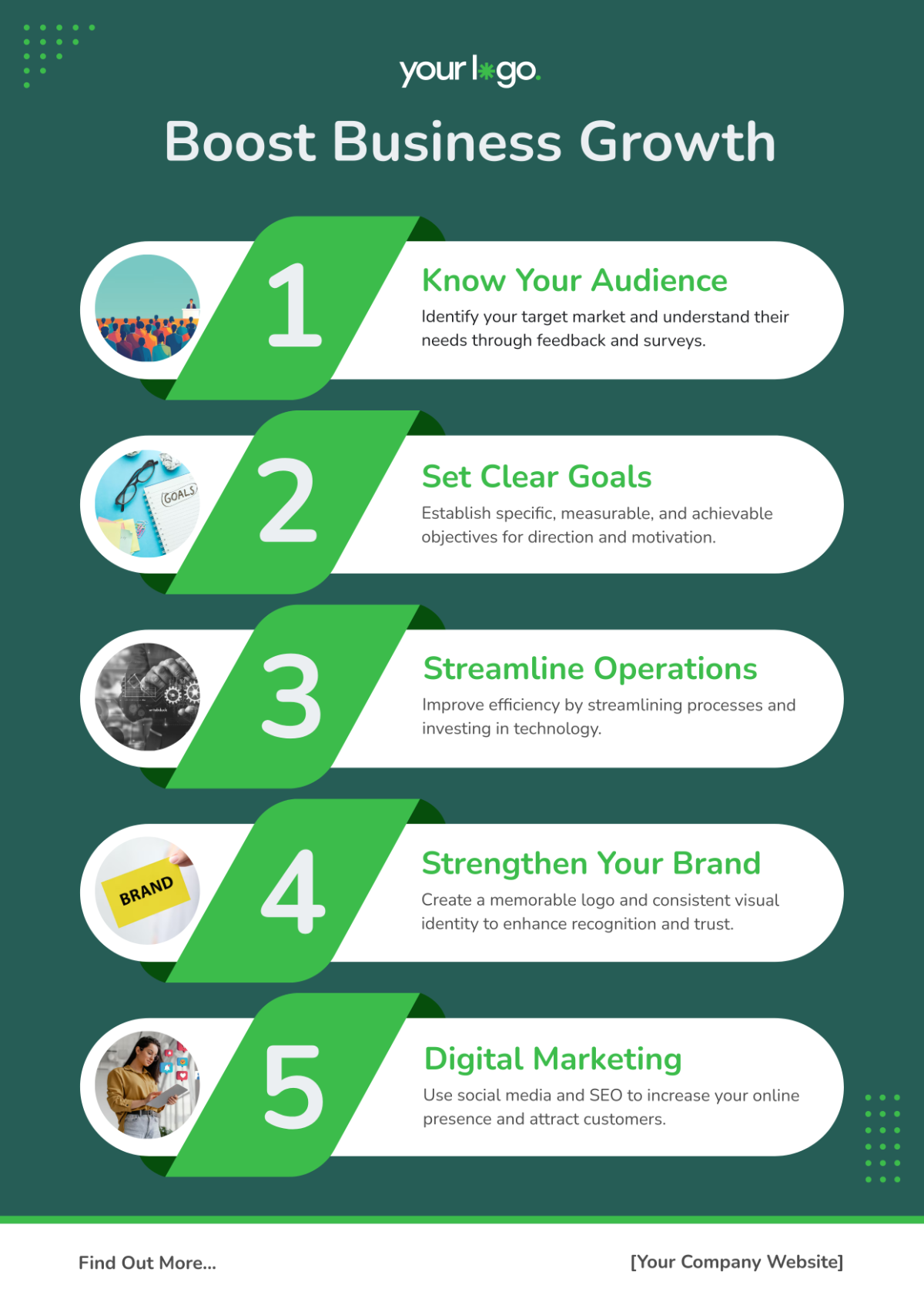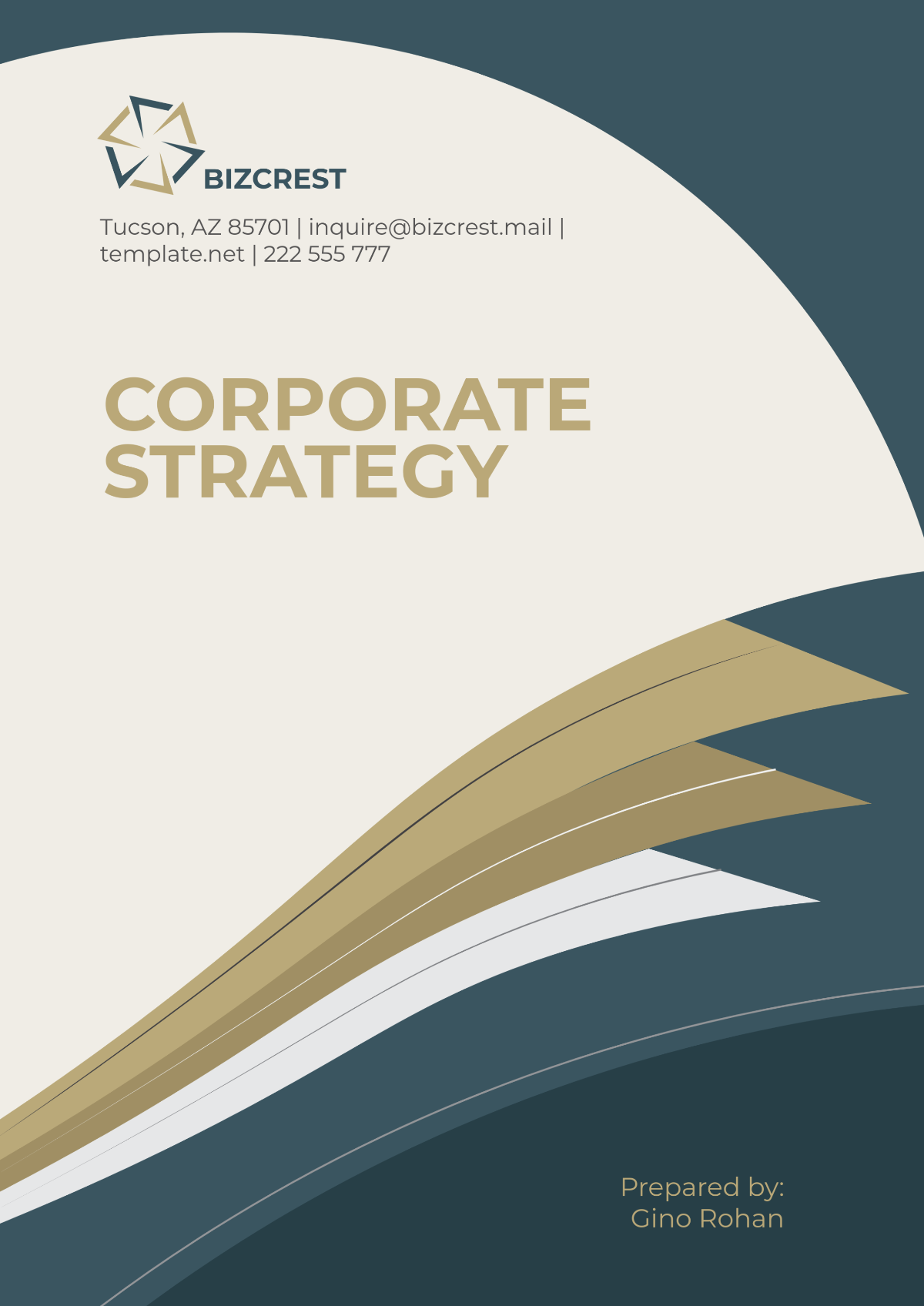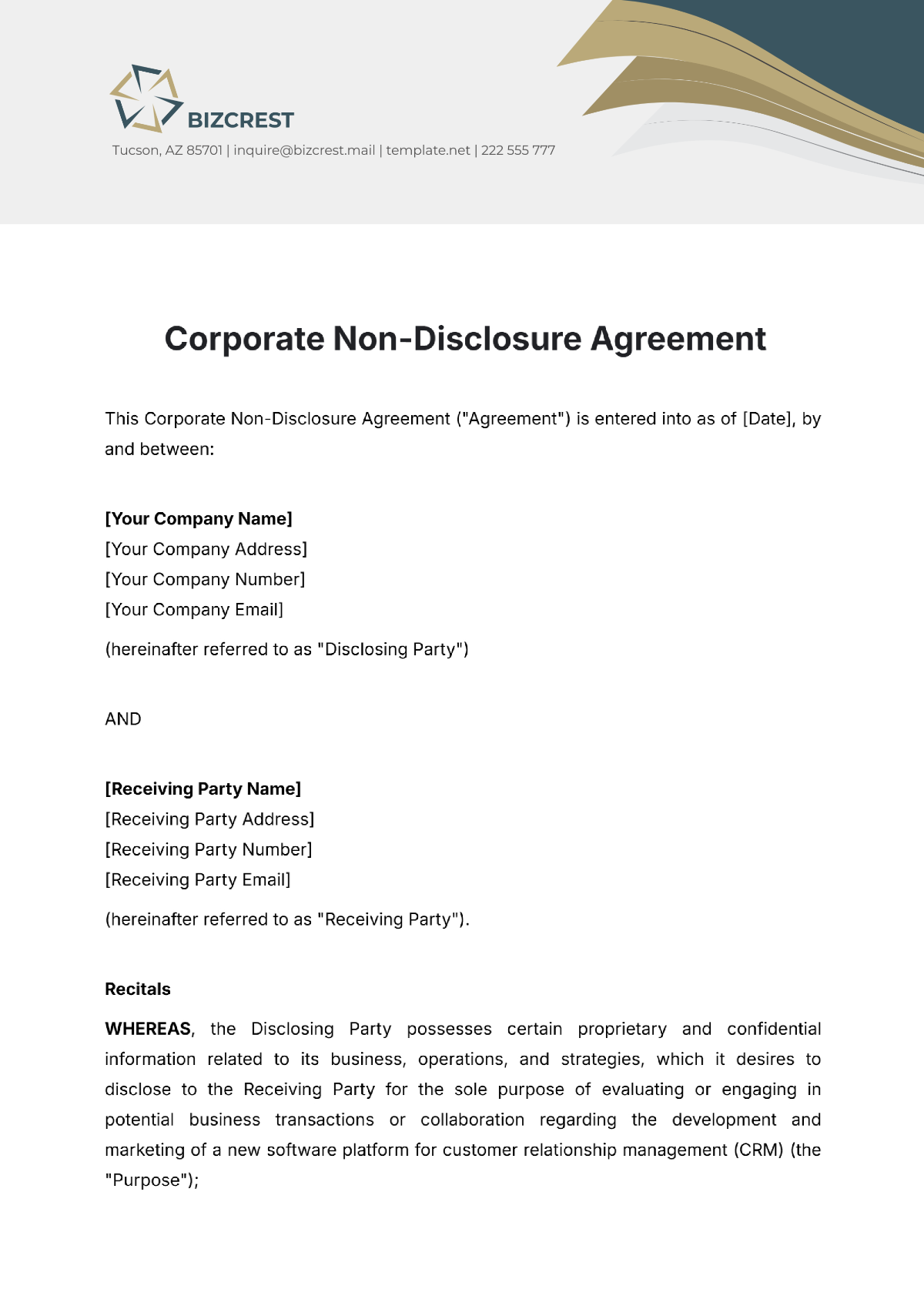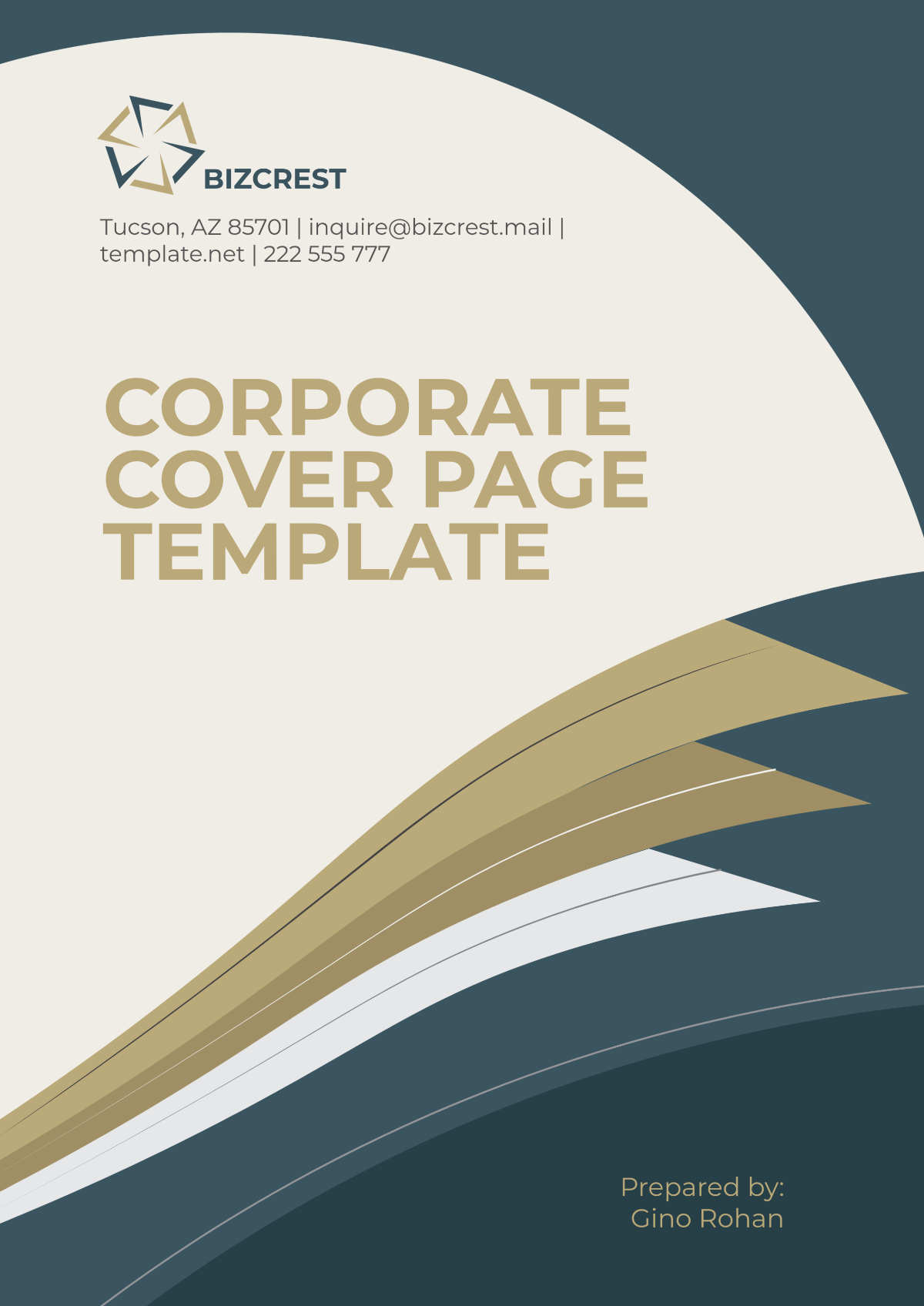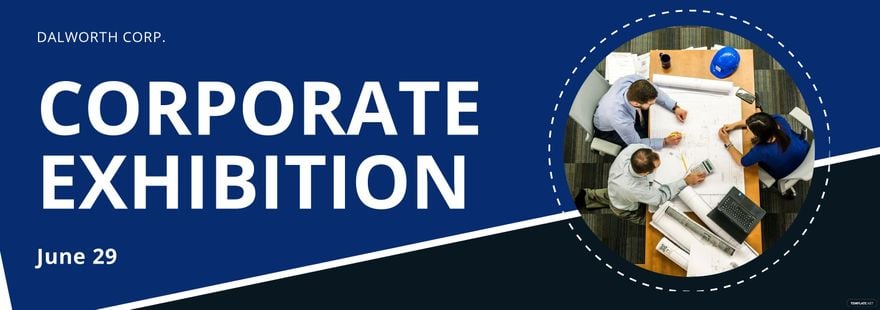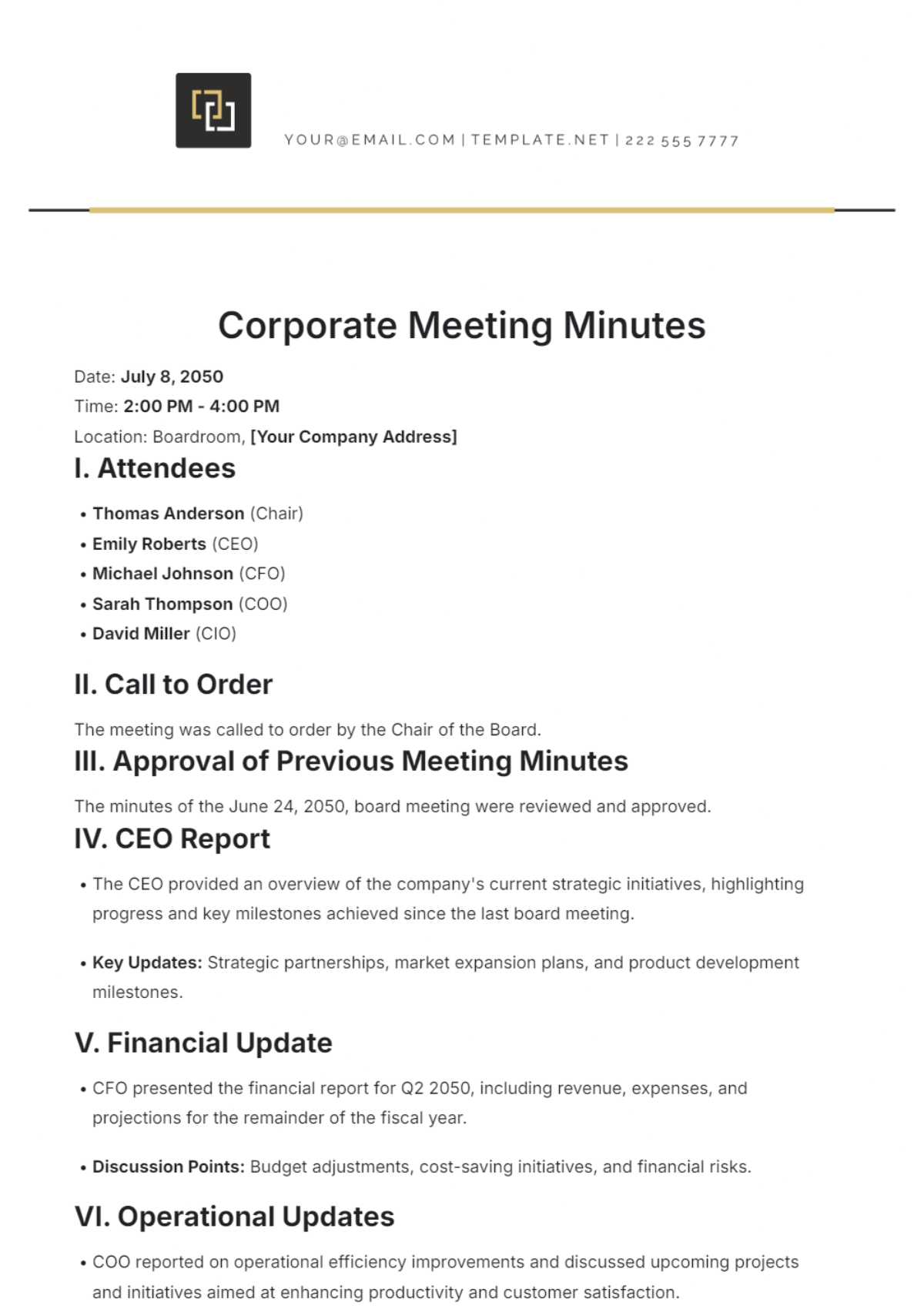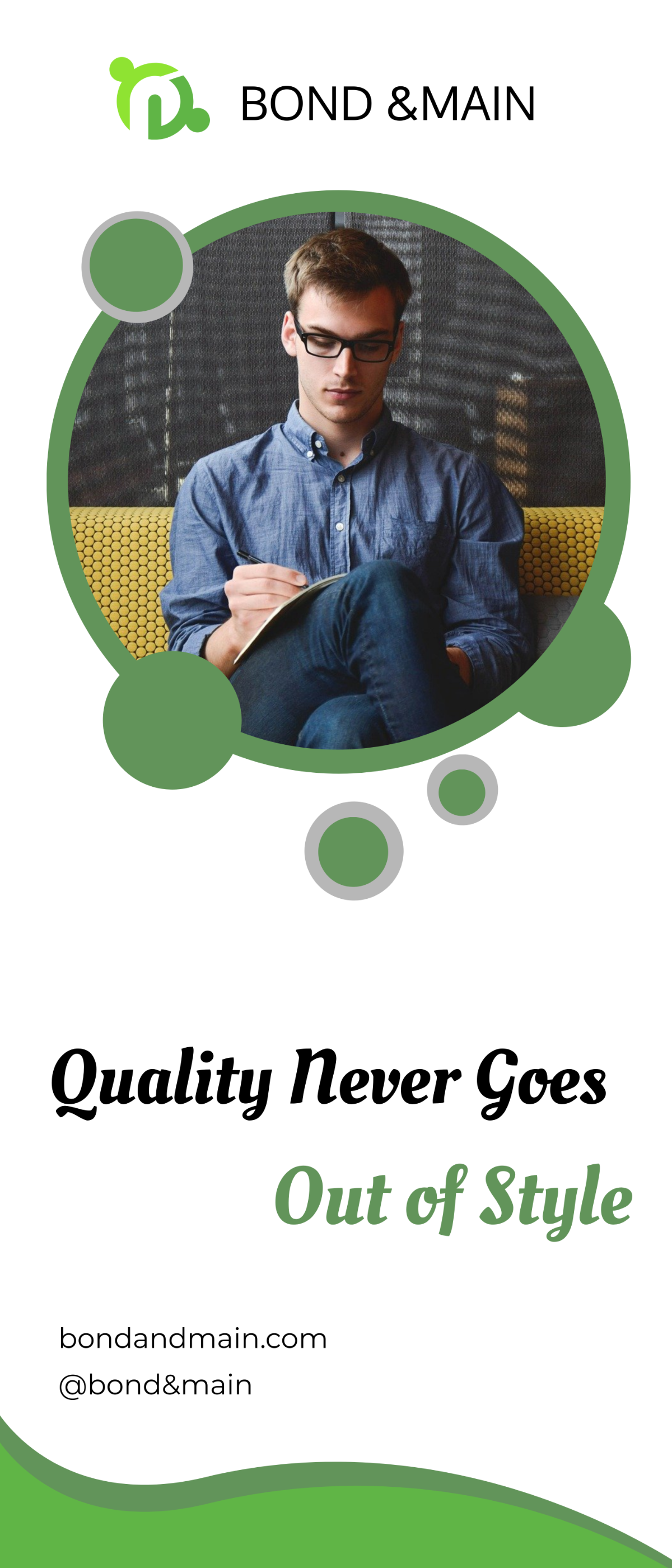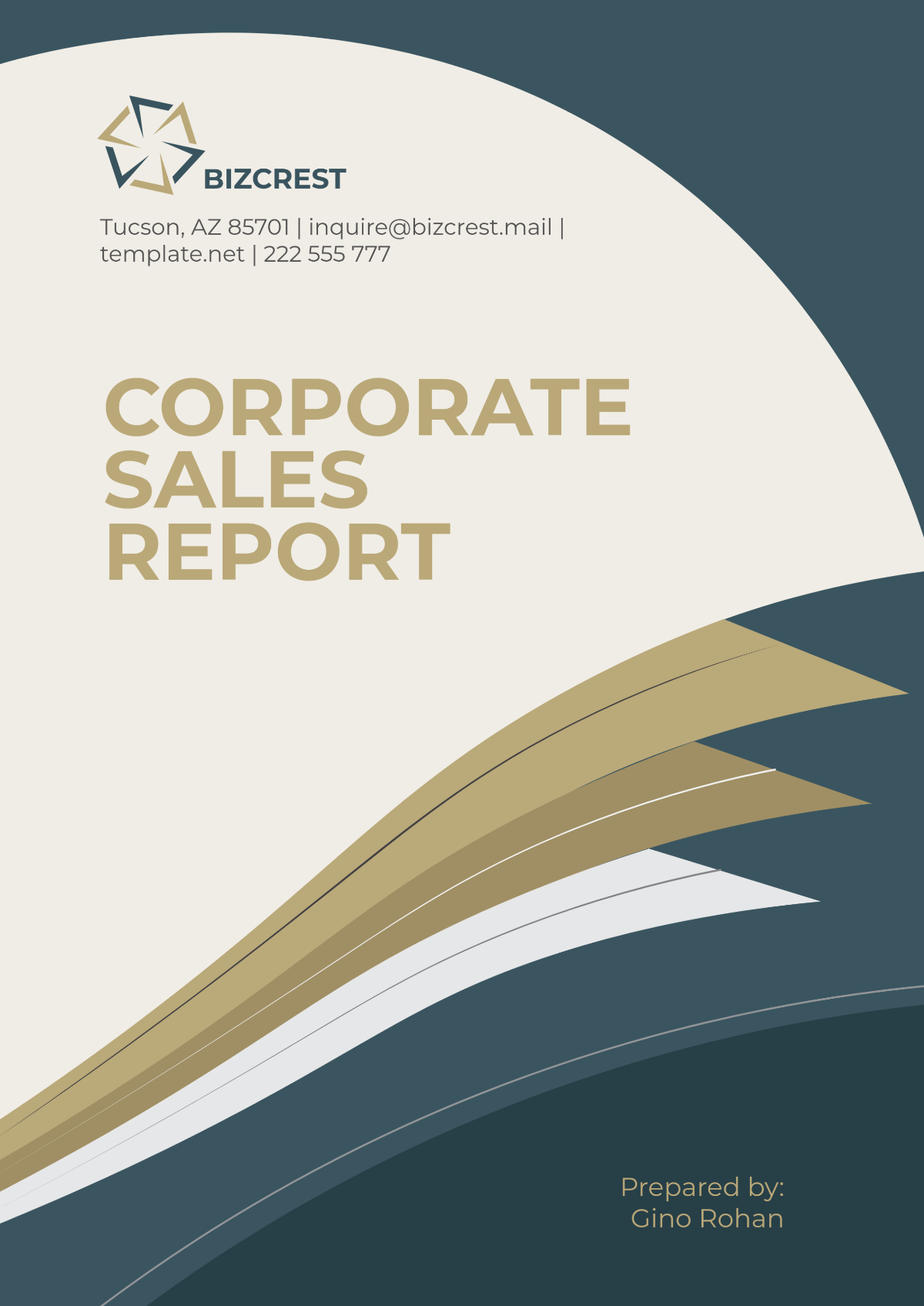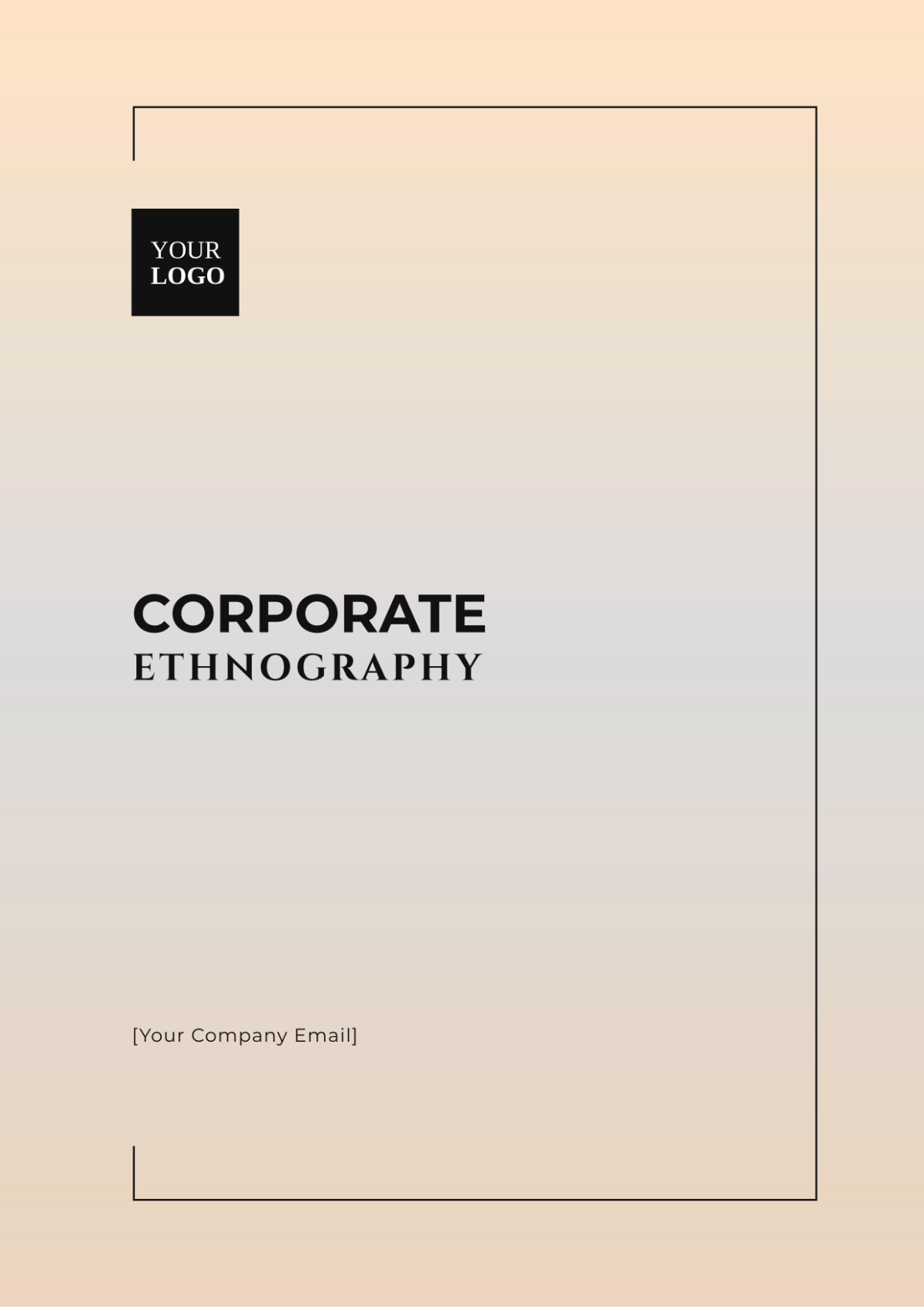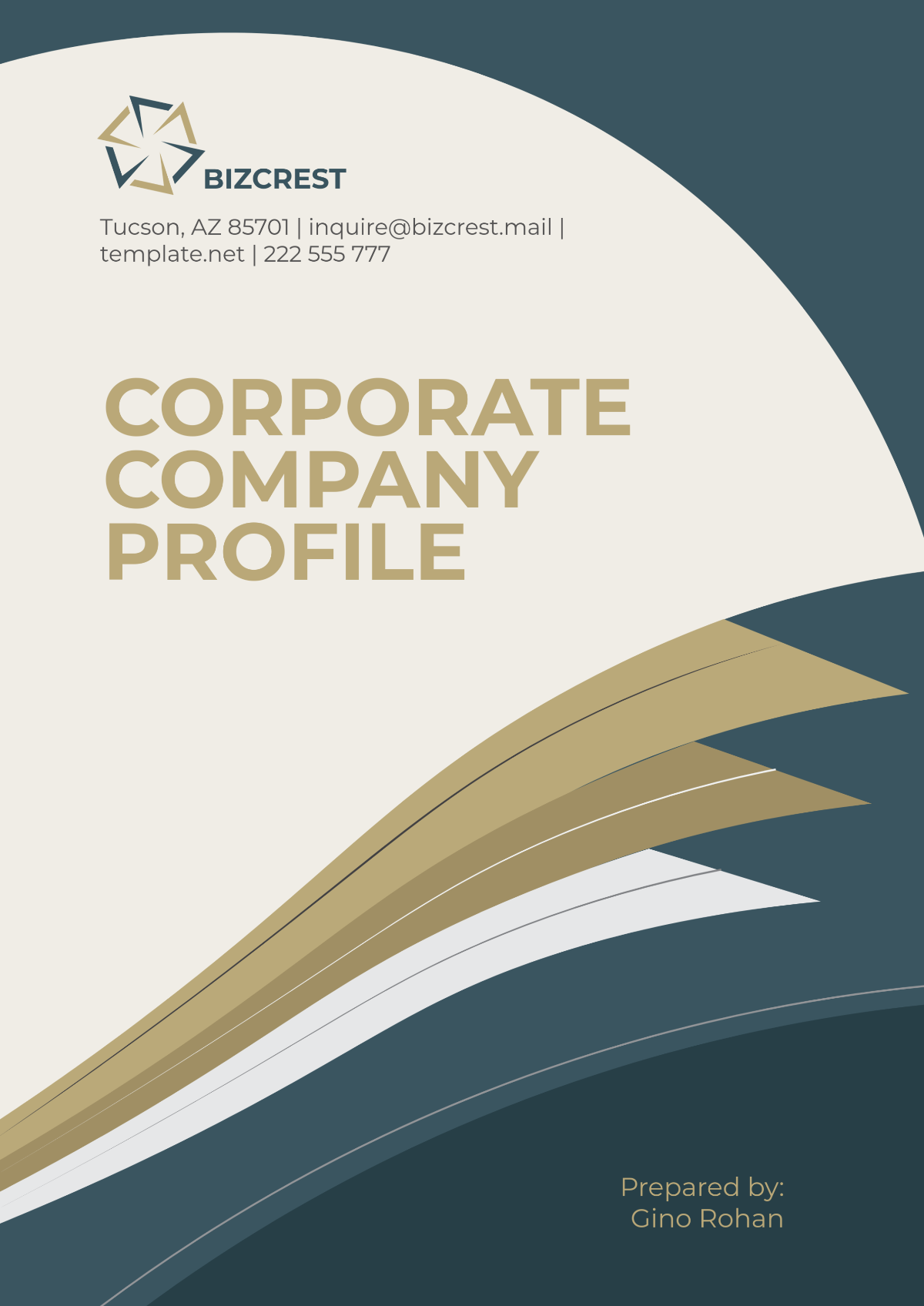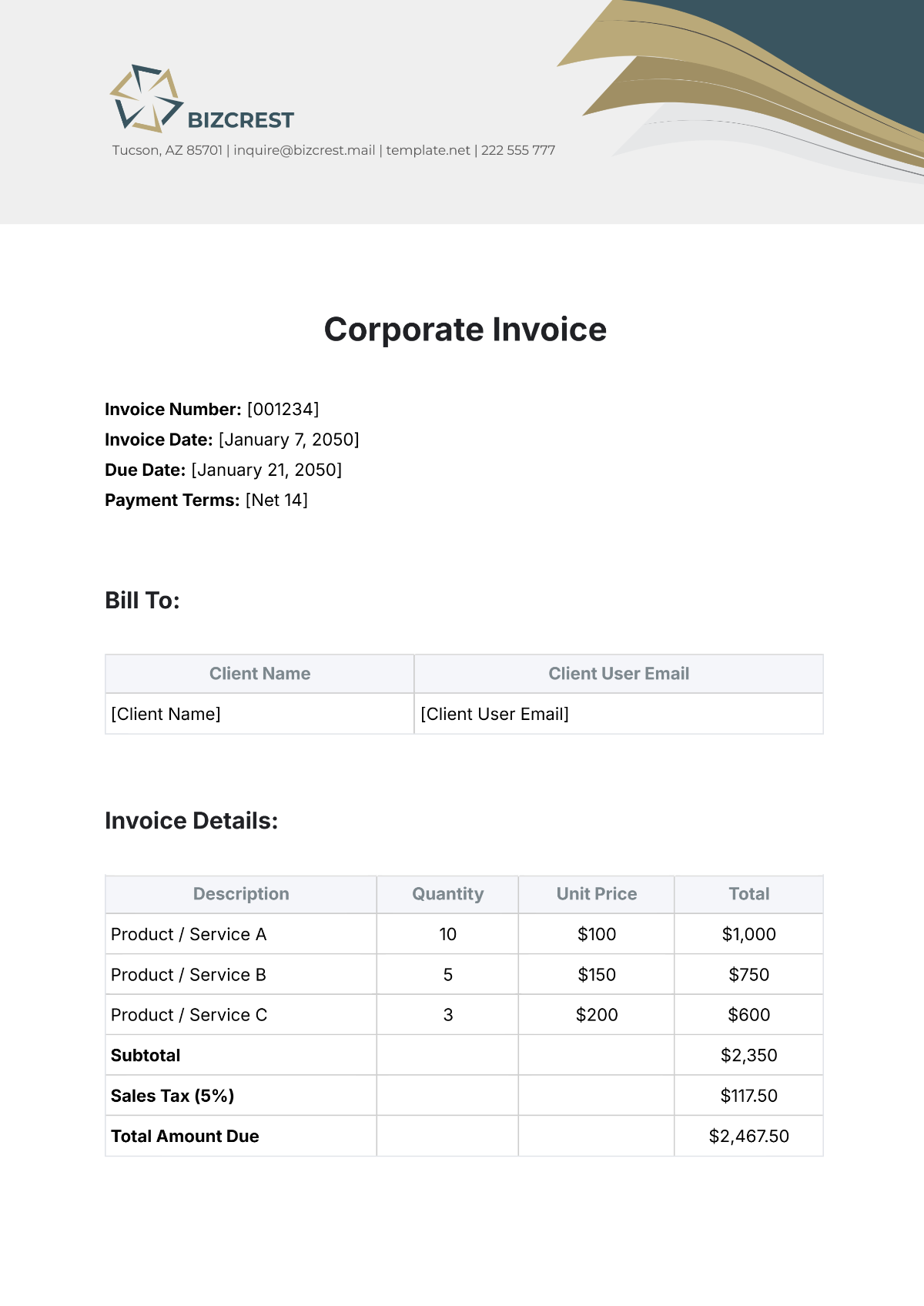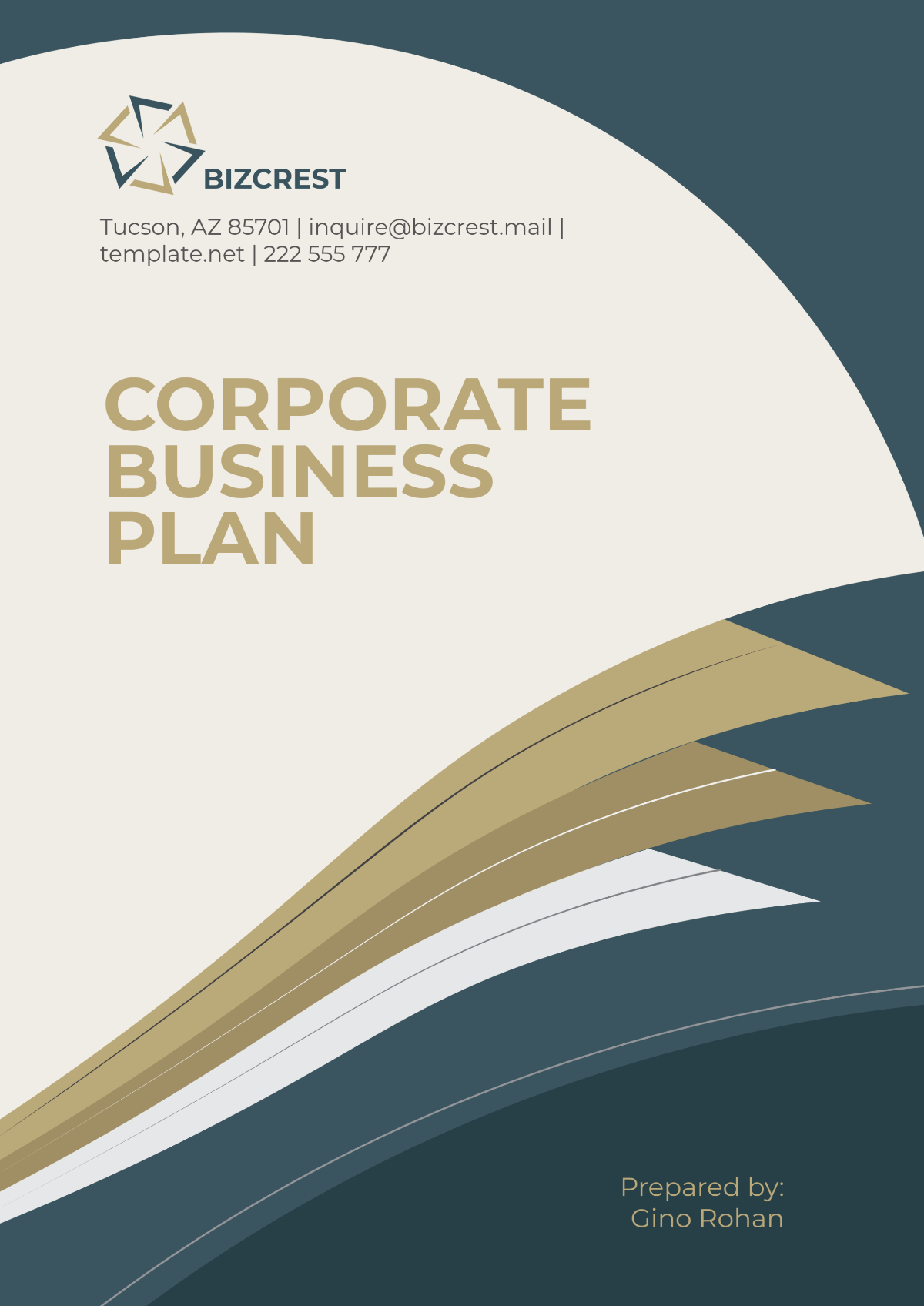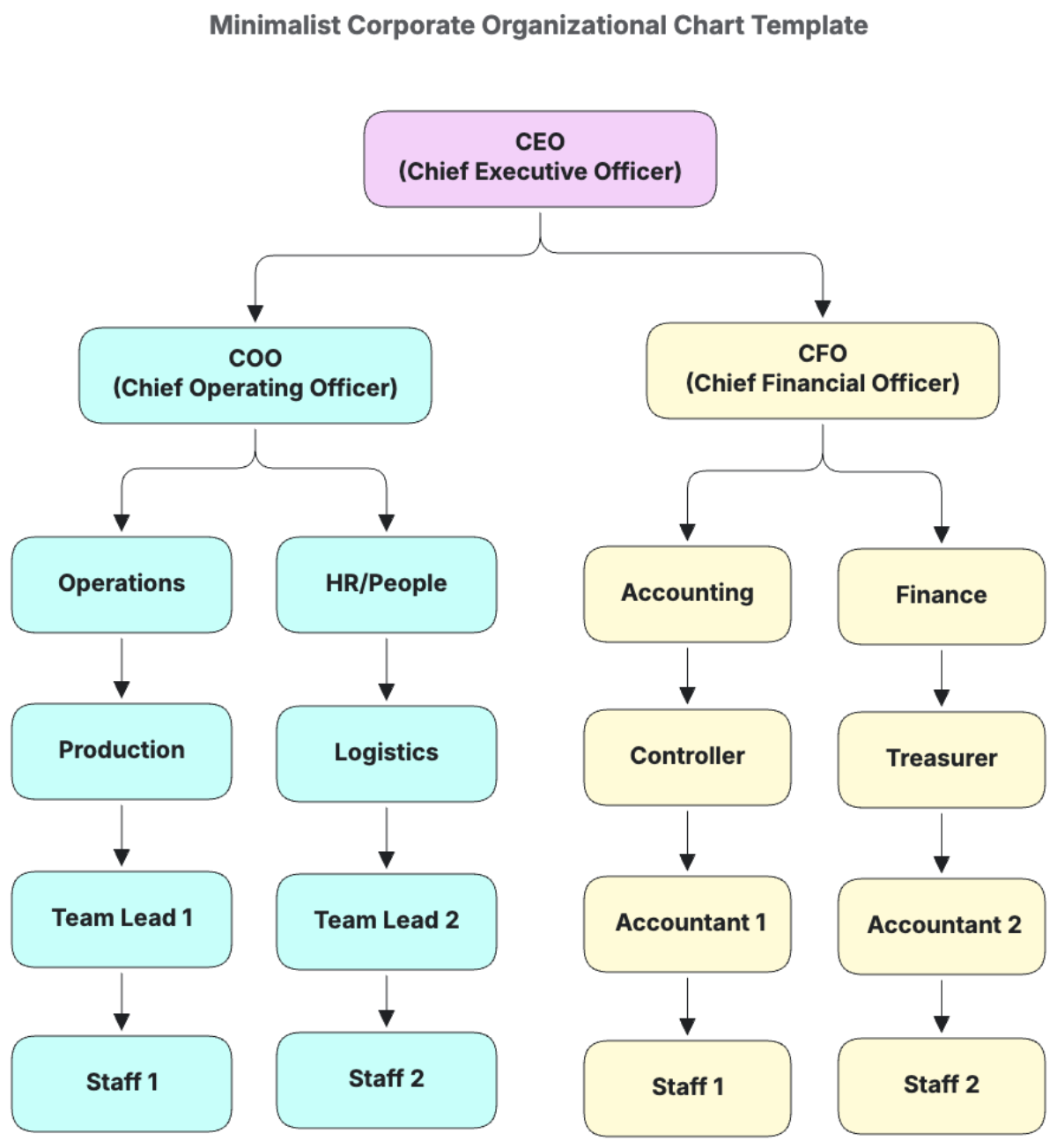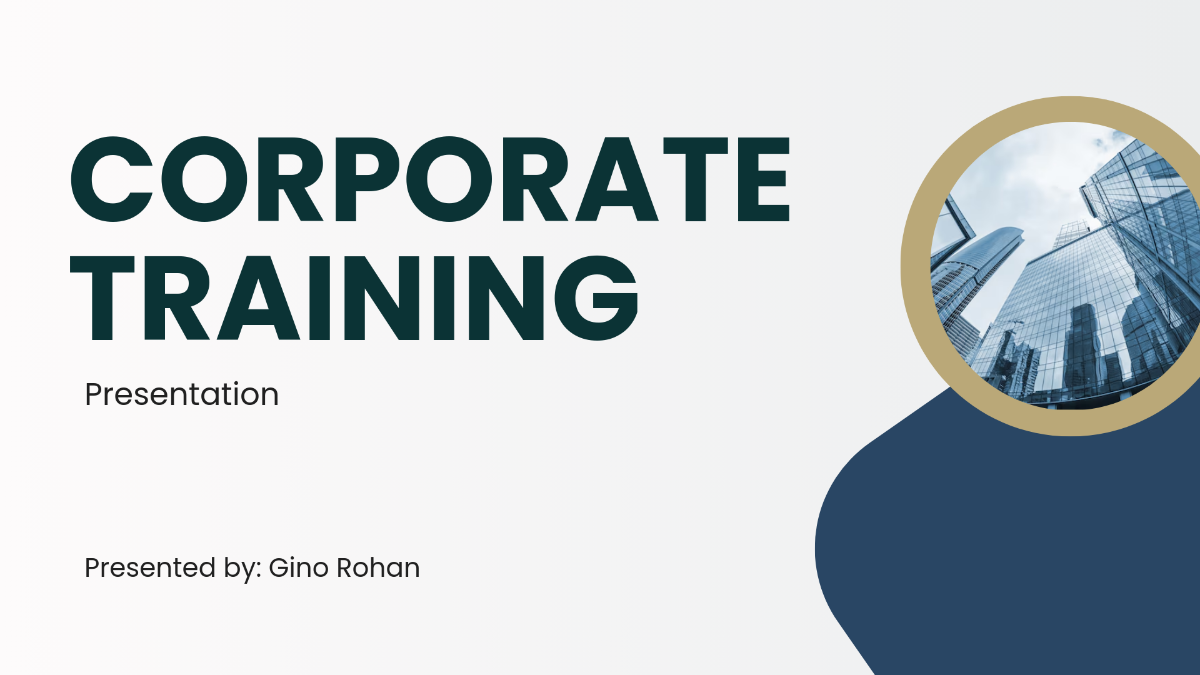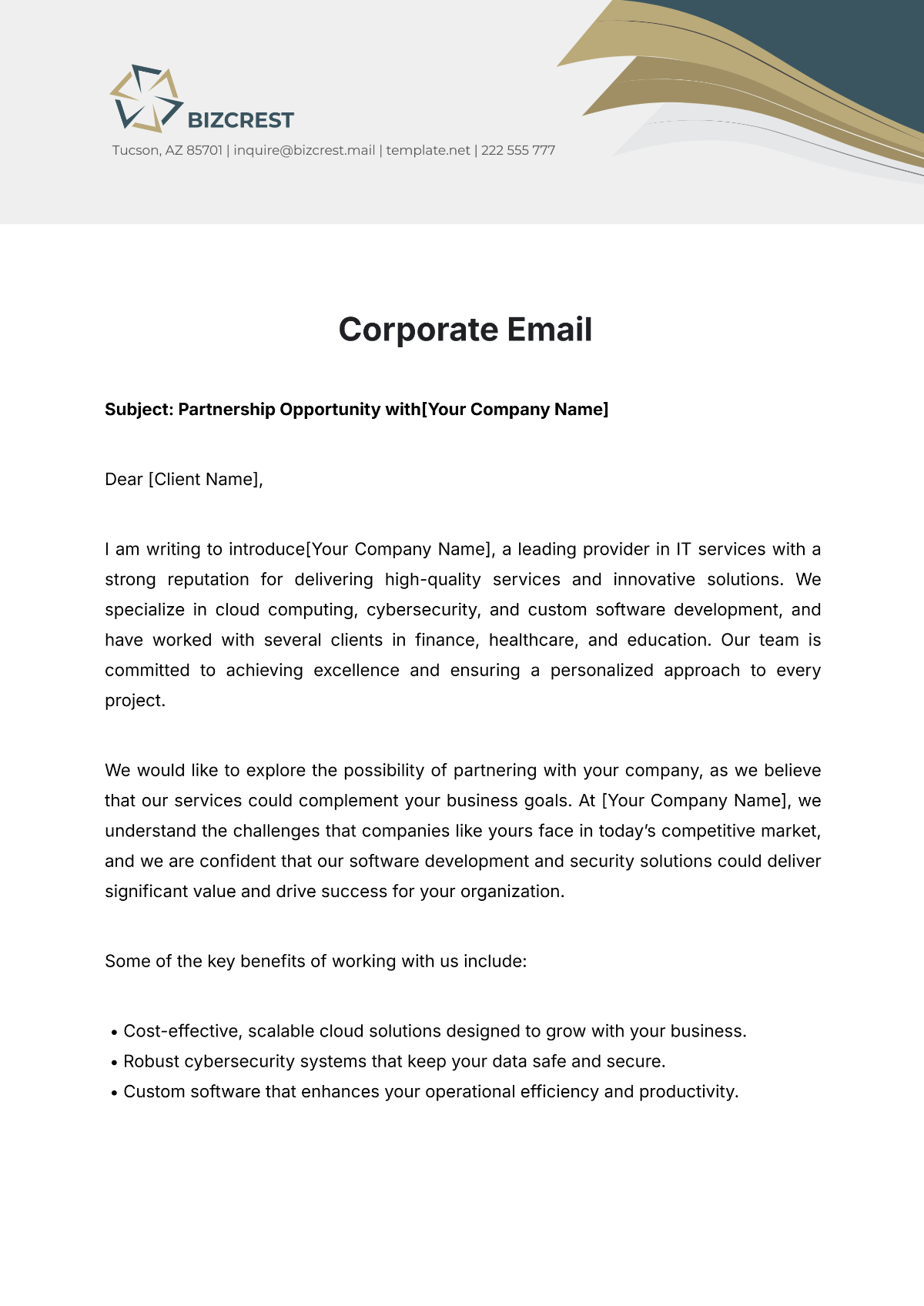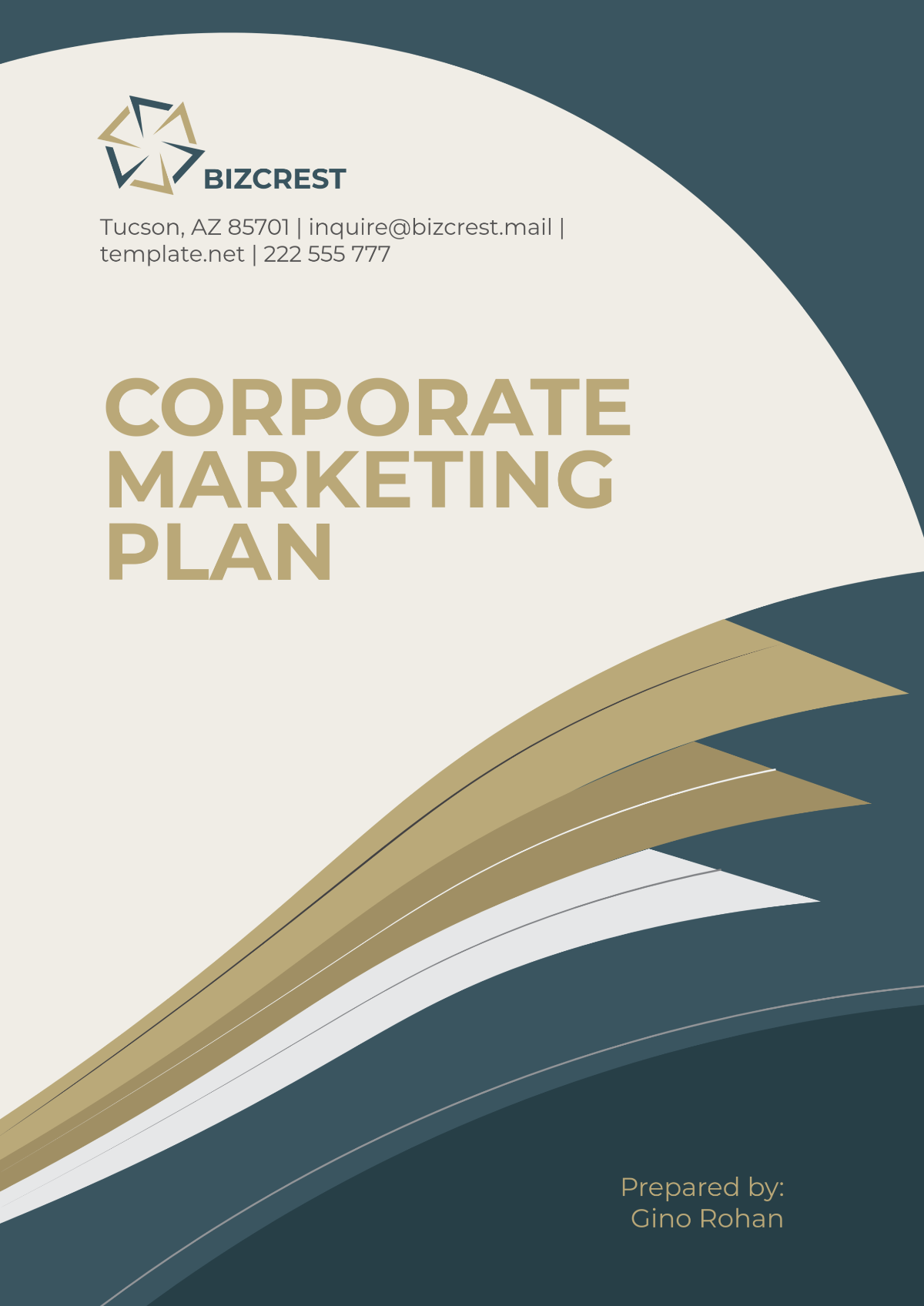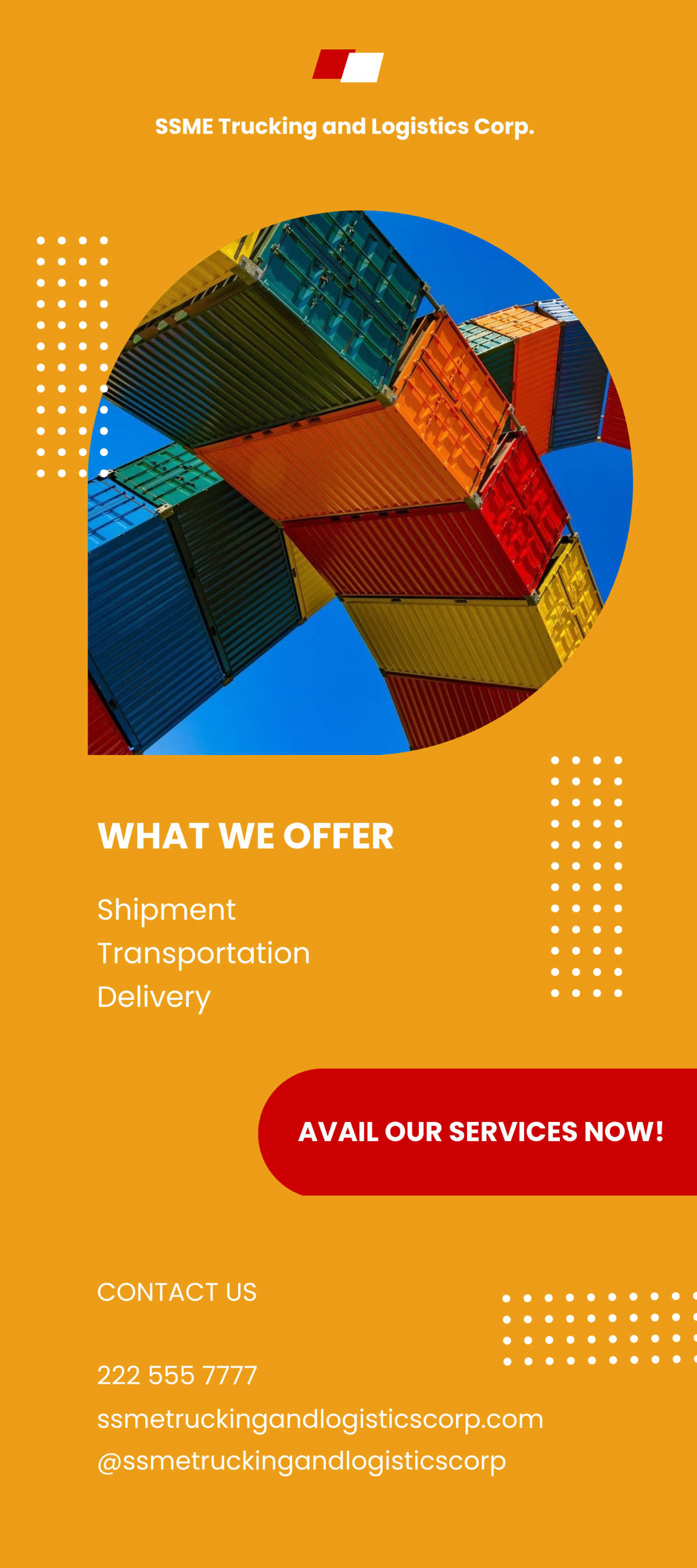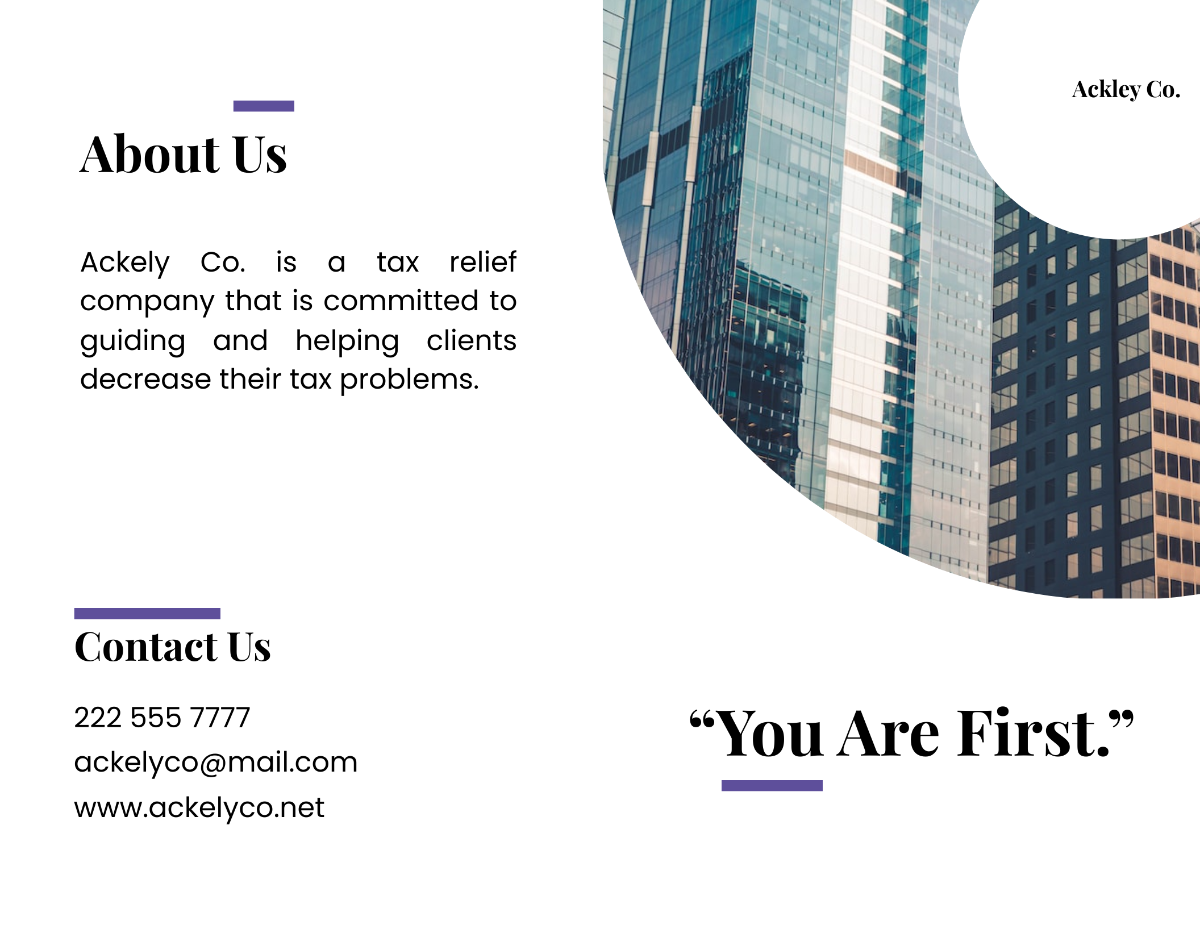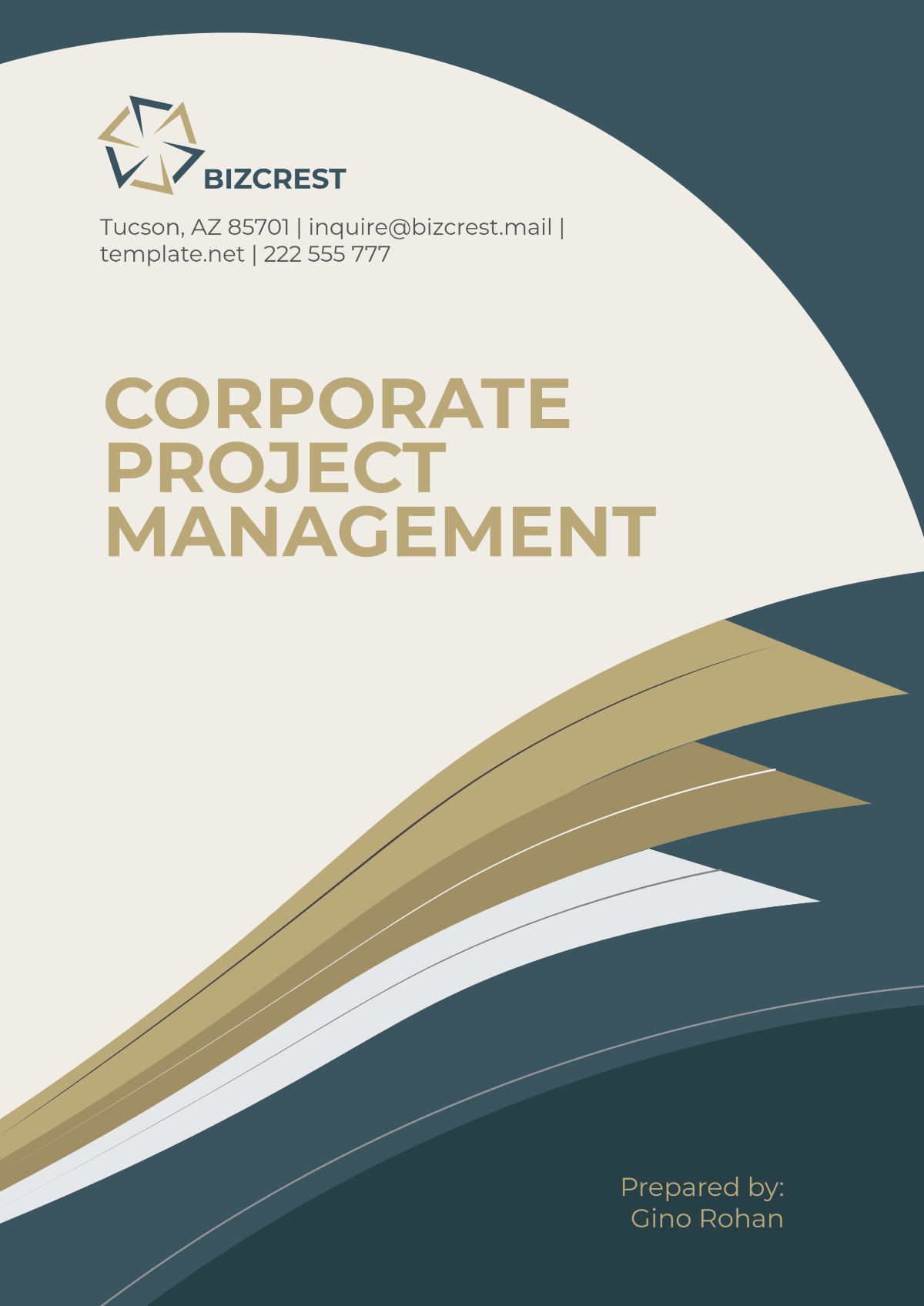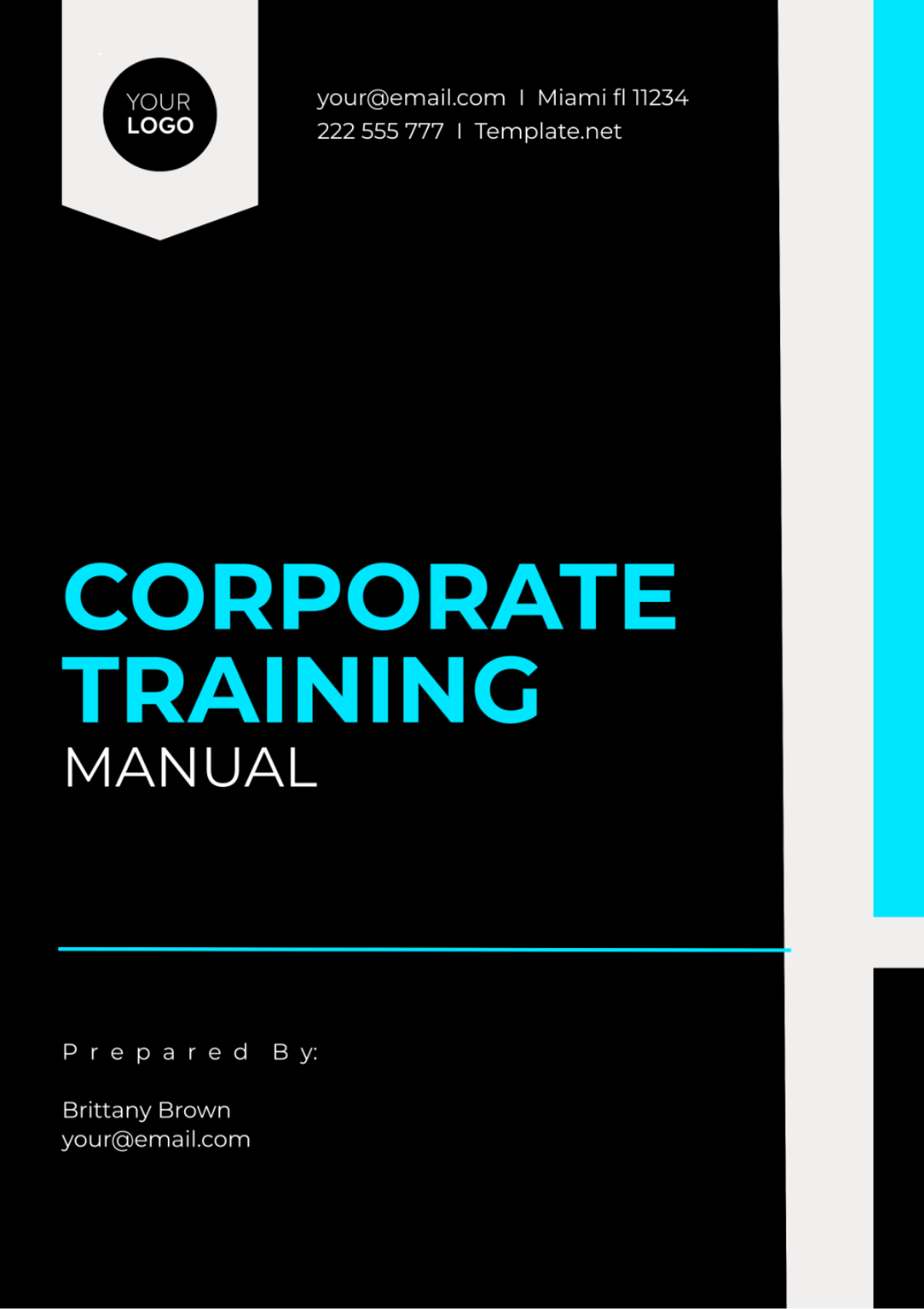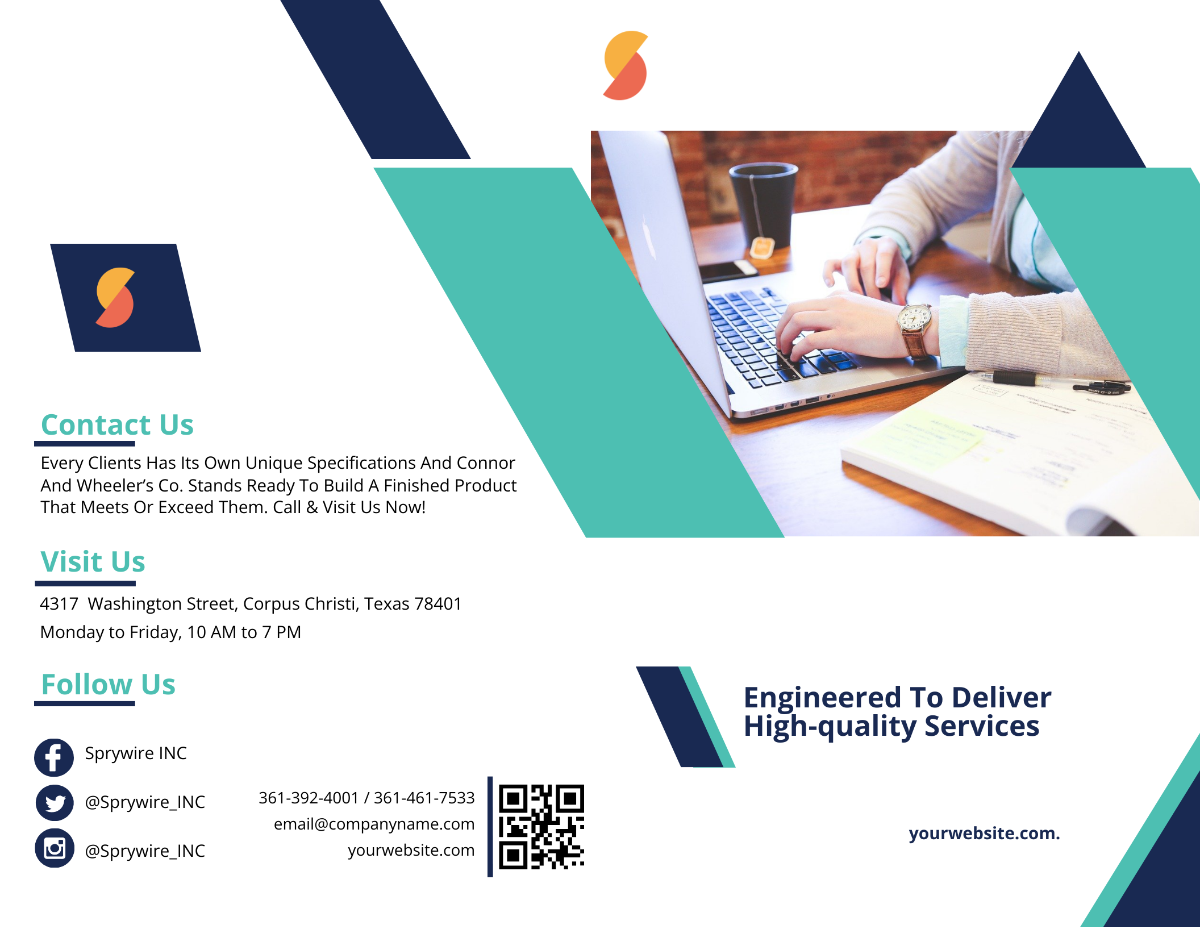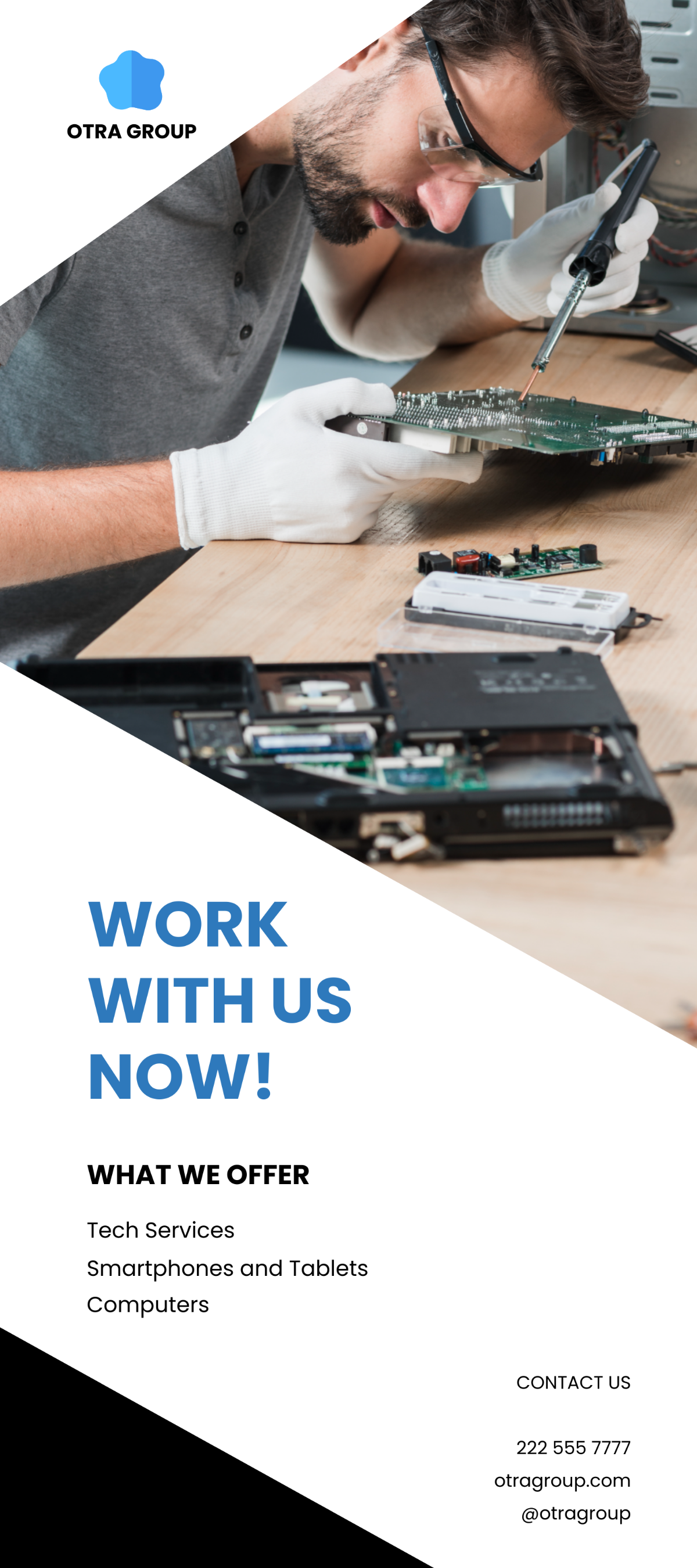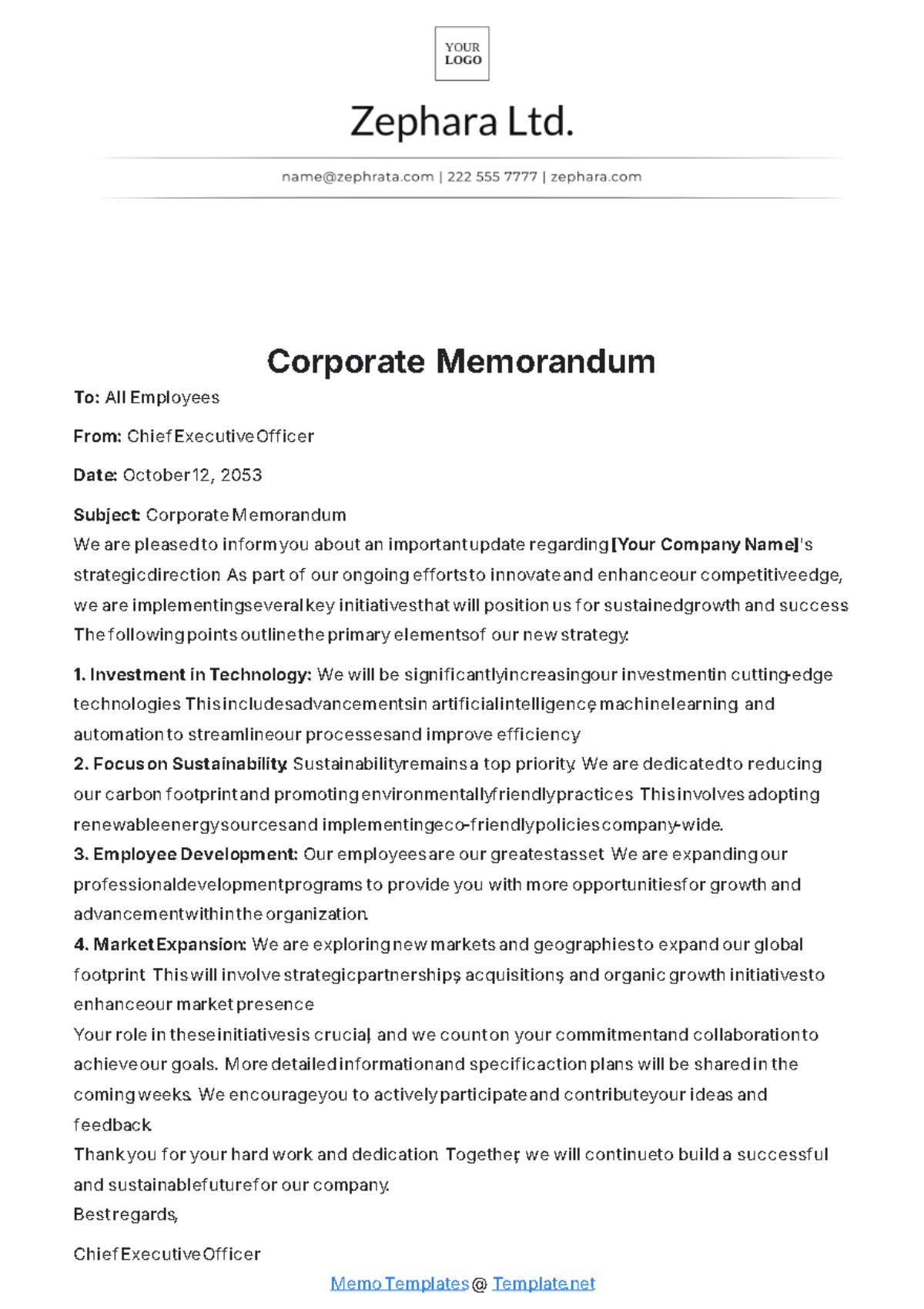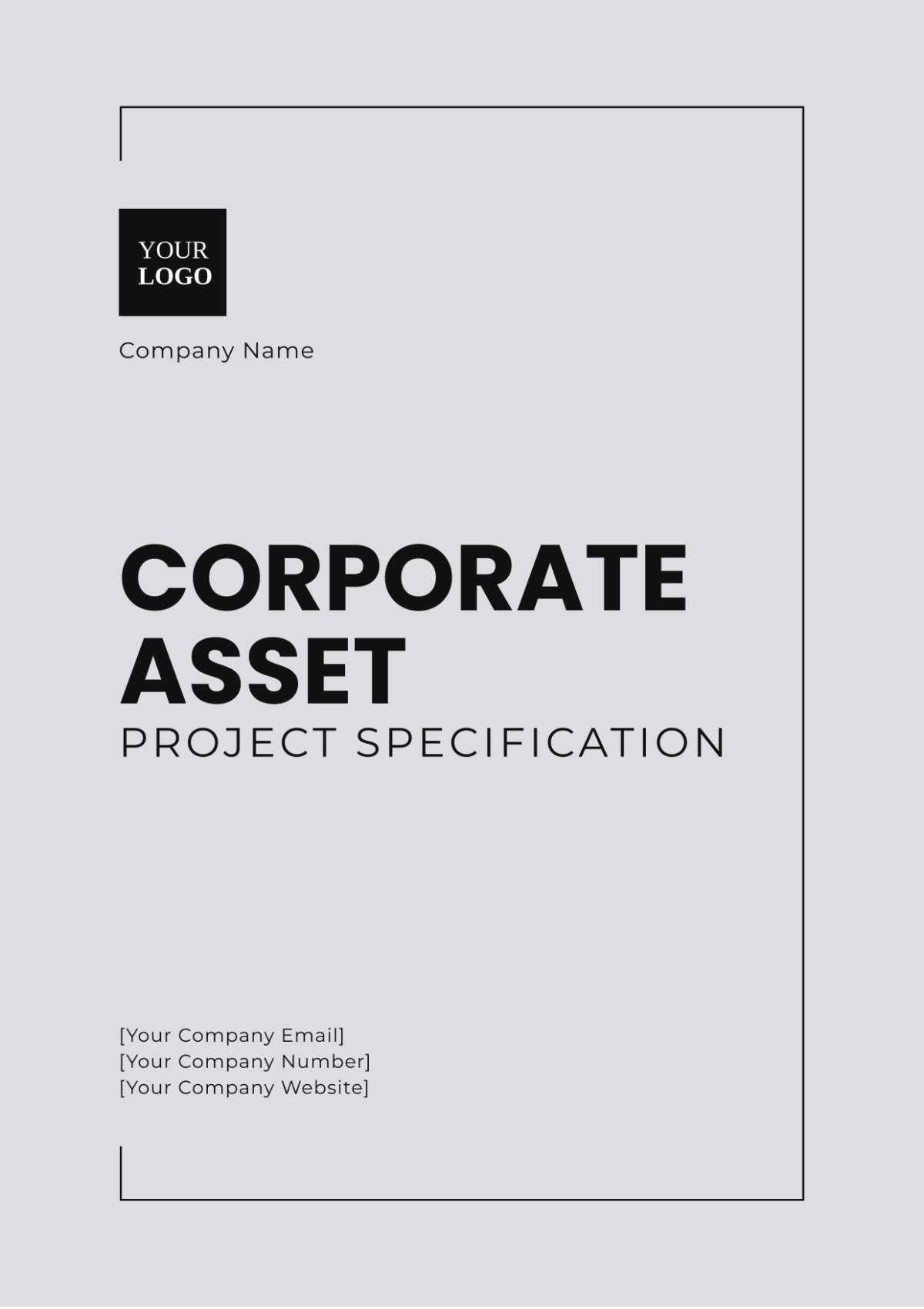Corporate Project Management
I. Introduction
A. Purpose of Corporate Project Management
The purpose of this Corporate Project Management framework is to standardize and streamline project execution across all departments within [Your Company Name]. By establishing clear guidelines, processes, and methodologies, we aim to deliver projects that align with our business goals, remain within budget, and are completed on time. This framework ensures consistency, accountability, and effective resource management across all project teams.
B. Importance of Project Management in Achieving Organizational Goals
Effective project management is key to achieving [Your Company Name]’s long-term strategic goals. Projects must be executed with precision to meet customer expectations, enhance operational efficiency, and improve innovation. A structured approach allows us to respond swiftly to market changes while maintaining high-quality outputs.
C. Scope of the Framework
This Corporate Project Management framework applies to all internal and external projects at [Your Company Name], from small initiatives to large-scale transformations. It encompasses all phases of project management, from initiation through planning, execution, monitoring, and closure. All project stakeholders are required to follow these guidelines to ensure alignment with corporate standards.
D. Key Principles of Corporate Project Management
Alignment with Corporate Strategy: Every project must align with our overall corporate objectives to drive business value.
Standardization and Consistency: Uniform project management practices enhance efficiency and reduce risks.
Resource Optimization: Projects must maximize the use of available resources, including human capital and technology, to achieve the highest return on investment.
Risk Management: Risks must be proactively identified and mitigated throughout the project lifecycle.
Continuous Improvement: A feedback-driven approach ensures that project management practices evolve and improve with each project.
II. Governance and Organizational Structure
A. Project Governance Framework
Project governance is designed to ensure that all decisions made during the lifecycle of a project are transparent and accountable. The governance framework clarifies the decision-making process, authority delegation, and oversight mechanisms. This ensures that projects remain aligned with [Your Company Name]’s strategic goals and that all stakeholders are kept informed and engaged.
B. Project Management Office (PMO) Structure
The PMO at [Your Company Name] is a controlling PMO, ensuring that the governance of projects adheres to standardized processes while providing support for project managers. The PMO is responsible for implementing best practices, providing training, and conducting regular project audits. The PMO Director oversees the entire project management function and reports directly to the CEO.
C. Project Portfolio Management
Effective portfolio management is critical for ensuring that resources are allocated to the most valuable projects. The portfolio management process involves selecting and prioritizing projects based on their alignment with corporate strategy, financial viability, and resource capacity. The following table outlines the key project categories in the current portfolio:
Project Name | Category | Status | Start Date | Expected Completion Date | Priority Level |
|---|---|---|---|---|---|
AI-Driven Automation | Technology | In Progress | Jan 2051 | Dec 2052 | High |
Global Expansion Initiative | Strategic | Planned | Mar 2051 | Dec 2053 | Medium |
Customer Experience Revamp | Operations | In Progress | Jun 2050 | Jun 2051 | High |
Cloud Infrastructure Update | Technology | In Progress | Oct 2050 | Oct 2051 | High |
Employee Wellbeing Program | HR | Planned | Apr 2051 | Apr 2052 | Low |
III. Project Life Cycle and Methodology
A. Defining the Project Life Cycle
The project life cycle at [Your Company Name] is divided into five key stages: Initiation, Planning, Execution, Monitoring and Control, and Closure. Each stage is governed by specific processes, tools, and deliverables. The project manager is responsible for ensuring that each phase is completed successfully, with all required approvals obtained before moving to the next phase.
B. Project Management Methodologies
We use a hybrid methodology at [Your Company Name] that blends Agile and Waterfall approaches. Agile is employed for projects that require flexibility and frequent iterations, while Waterfall is used for projects with clear requirements and fixed timelines. This methodology allows project teams to adapt to changing circumstances while ensuring structure and predictability for more traditional projects.
C. Project Management Processes and Tools
To ensure successful project delivery, [Your Company Name] employs the PMBOK process framework. Key tools used in managing projects include Asana for task tracking, Microsoft Project for scheduling, and JIRA for Agile project management. Standard project templates for risk management, budgeting, and reporting are available in the company’s shared resource library.
IV. Roles and Responsibilities in Project Management
A. Project Sponsor
The Project Sponsor is responsible for the strategic direction of the project, securing funding, and ensuring that project objectives align with business goals. The sponsor is the primary decision-maker on high-level issues and provides guidance to the project manager. The sponsor also serves as the key point of contact for senior management.
B. Project Manager
The Project Manager (PM) is responsible for the day-to-day execution of the project. This includes planning, coordinating resources, managing risks, and ensuring project deliverables meet quality standards. The PM is also responsible for stakeholder communication, project reporting, and overseeing the project team.
C. Project Team Members
Project team members are individuals with specialized skills required to deliver specific project tasks. These can include engineers, designers, analysts, or subject matter experts. Team members collaborate closely with the PM to execute tasks, report progress, and address any obstacles that arise during the project.
V. Project Planning and Execution
A. Project Scope Management
Project scope defines the boundaries and deliverables of the project. At [Your Company Name], scope management includes the creation of a Work Breakdown Structure (WBS) that outlines every deliverable and task. The project manager ensures that any changes to the scope are assessed and approved through the change control process.
B. Time Management
Time management is critical for meeting project deadlines. Project schedules are created using tools like Microsoft Project or Smartsheet and are reviewed regularly to ensure that milestones are met on time. Delays are tracked and addressed with corrective actions to avoid project overruns.
C. Resource Management
Resource management at [Your Company Name] includes the effective allocation of human, technological, and financial resources. Resource availability is tracked using Resource Leveling tools to prevent overburdening any team member or underutilizing available resources. The PMO provides centralized oversight for resource allocation across multiple projects.
VI. Performance Monitoring and Control
A. Key Performance Indicators (KPIs)
Performance is tracked using KPIs, which include project completion time, budget adherence, resource utilization, and stakeholder satisfaction. KPIs are reviewed during weekly project meetings and are reported to the PMO. The following table outlines sample KPIs for a major project:
KPI | Target Value | Actual Value | Status |
|---|---|---|---|
On-Time Delivery Rate | 95% | 92% | At Risk |
Budget Adherence | |||
Stakeholder Satisfaction | |||
Resource Utilization |
B. Progress Monitoring Tools
To monitor project progress, [Your Company Name] uses real-time dashboards that integrate with project management tools like Asana and JIRA. These dashboards provide a visual representation of project health, including timelines, resource allocation, and budget status. Project managers are required to update these tools regularly to ensure accurate data reporting.
VII. Risk Management Framework
A. Risk Identification Techniques
Risks are identified during the planning phase using SWOT Analysis (Strengths, Weaknesses, Opportunities, Threats) and Risk Registers. Every project at [Your Company Name] conducts a formal risk assessment at the start, followed by regular updates during progress reviews. Risk registers are shared across relevant stakeholders to ensure visibility and proactive management.
B. Risk Response Planning
For each identified risk, a mitigation or contingency plan is developed. This may include risk avoidance, transfer, reduction, or acceptance strategies. Risks with the highest potential impact are prioritized, and mitigation plans are built into the project schedule for monitoring and response.
VIII. Project Closure and Handover
A. Closing Processes and Deliverables
At the conclusion of each project, all deliverables must be reviewed and signed off by the Project Sponsor and relevant stakeholders to ensure they meet the defined requirements. The closing process includes finalizing all project documentation, delivering completed project outputs, and obtaining formal approval. The project manager ensures that all contractual obligations, such as service level agreements or client specifications, are fulfilled before closing the project.
B. Project Handover to Operations or Client
Once a project is successfully completed, the project manager is responsible for transferring ownership of the project deliverables to either internal operations or the client. This process may involve training, system integration, and providing support documentation. Handover meetings are organized to ensure a smooth transition, and any outstanding support or warranty terms are clearly outlined.
C. Post-Project Evaluation
A formal post-project evaluation is conducted to assess the overall performance of the project. This evaluation includes a comprehensive review of the project’s success in meeting objectives, budget adherence, timeline performance, and stakeholder satisfaction. A Post-Implementation Review (PIR) report is compiled, containing lessons learned and recommendations for future projects.
IX. Continuous Improvement and Best Practices
A. Post-Project Review and Feedback Loop
Feedback gathered during the post-project evaluation is critical to enhancing project management practices. The Project Management Office (PMO) uses this feedback to adjust existing frameworks, tools, and processes. The lessons learned are shared across the organization to promote a culture of continuous improvement and ensure that future projects benefit from past experiences.
B. Knowledge Management and Sharing
To preserve the knowledge gained from each project, [Your Company Name] has implemented a centralized knowledge-sharing platform. The platform includes a repository of best practices, risk management strategies, and case studies. Every team member is encouraged to contribute to this platform to ensure that valuable insights and innovations are accessible to all.
C. PMO Role in Driving Organizational Learning
The PMO plays a pivotal role in fostering organizational learning by providing ongoing training opportunities, facilitating cross-departmental workshops, and encouraging a culture of knowledge exchange. The PMO also conducts regular refresher courses on project management tools, techniques, and methodologies to ensure that the project team remains up-to-date with industry best practices.
D. Ongoing Training and Development for Project Management Teams
At [Your Company Name], we recognize the importance of continuous professional development. Project managers and team members are required to participate in training programs on a yearly basis. These programs include certifications in methodologies such as Agile, Scrum, and PMI-PMP, as well as specialized courses on leadership, risk management, and advanced project management tools.
E. Standardization of Processes Across Projects
To enhance consistency and improve efficiency, [Your Company Name] has established a set of standardized project management processes that apply to all projects, regardless of size or complexity. These processes include standardized templates, risk management frameworks, and performance monitoring systems. By ensuring that all projects follow a consistent approach, we can more easily compare results, measure success, and continuously refine our project management practices.
X. Conclusion
A. Summary of the Corporate Project Management Framework
The Corporate Project Management framework at [Your Company Name] provides a comprehensive structure for managing projects across the organization. By standardizing project management processes, roles, tools, and methodologies, we ensure that every project is aligned with our business strategy, delivered on time, within budget, and to the highest standards. This framework serves as the foundation for executing projects effectively and efficiently in support of organizational growth and success.
B. Benefits of Standardized Project Management Practices
By following a standardized approach to project management, [Your Company Name] reaps numerous benefits, including improved project outcomes, reduced risk, and optimized resource allocation. Standardization leads to greater consistency in project delivery, better communication between teams, and enhanced stakeholder satisfaction. Ultimately, these benefits contribute to the overall success and competitiveness of the company.
C. Future Enhancements and Evolution of the Framework
As [Your Company Name] continues to grow and adapt to changing market conditions, the Corporate Project Management framework will evolve. The PMO will regularly review and refine the framework to incorporate new technologies, methodologies, and best practices. We are committed to staying at the forefront of project management advancements to meet the challenges and opportunities of the future.
D. Commitment to Continuous Improvement
[Your Company Name] is committed to continuously improving our project management practices. This commitment is supported by our robust feedback mechanisms, knowledge-sharing platforms, and ongoing professional development programs. Through continuous improvement, we ensure that our project management capabilities remain aligned with industry standards and continue to drive exceptional results.
This concludes the Corporate Project Management Framework document for [Your Company Name]. By adhering to these guidelines, we strive to ensure the successful delivery of projects that contribute to the growth and success of the company, while continually enhancing our project management practices.
For any further inquiries or clarifications, please contact:
[Your Company Name]
[Your Company Address]
[Your Company Email]
[Your Company Number]


